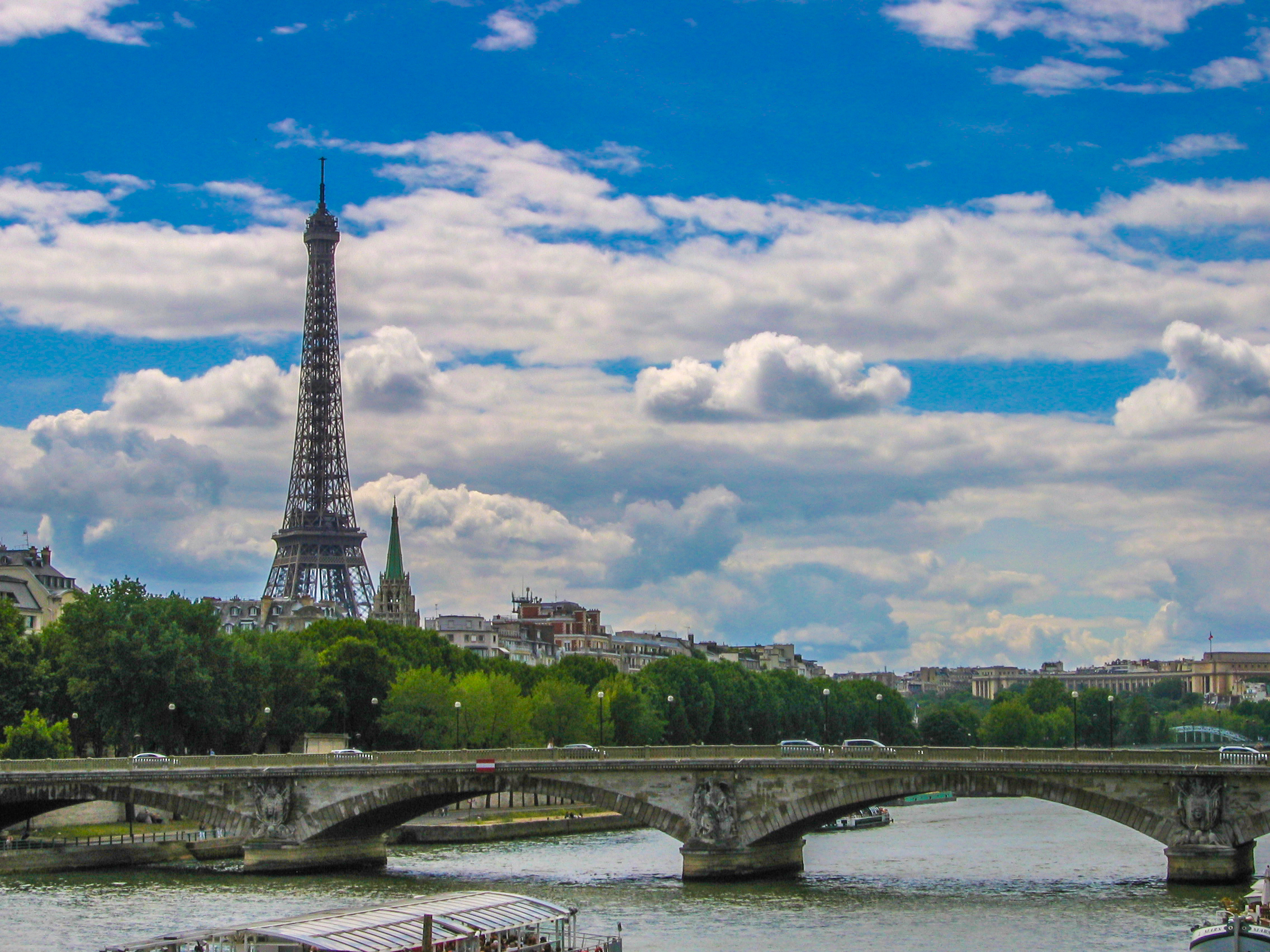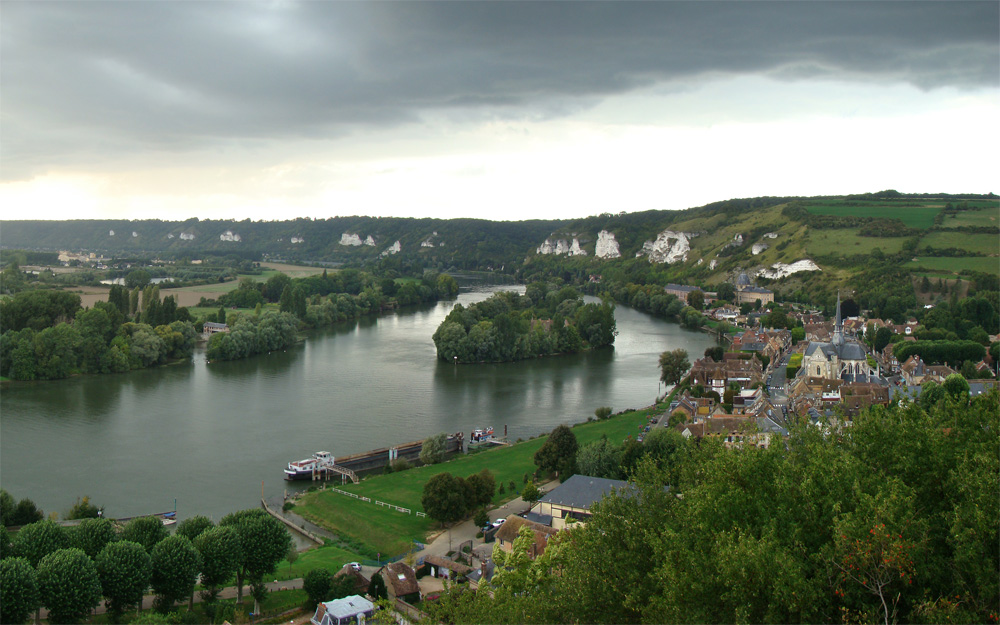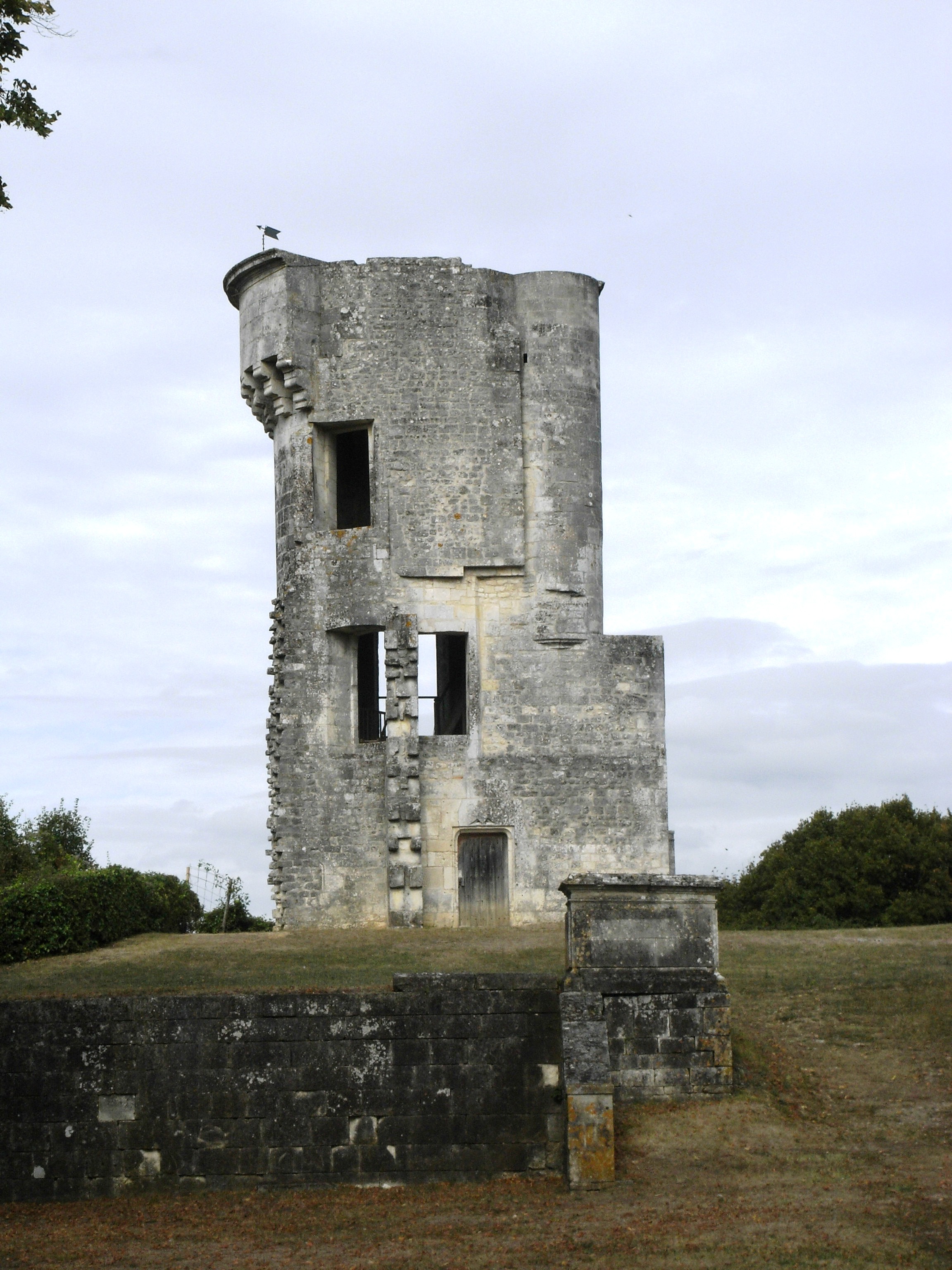|
Flyboat
The flyboat (also spelled ''fly-boat'' or ''fly boat'') was a European light vessel of Dutch origin developed primarily as a mercantile cargo carrier, although many served as warships in an auxiliary role because of their agility. These vessels could displace between 70 and 200 tons, and were used in the late 16th and early 17th centuries. The name was subsequently applied to a number of disparate vessels which achieved high speeds or endurance. At the beginning of the 17th century, they were replaced by the fluyt, which in England was also known as a fly-boat. Origin The name "flyboat" is derived from Dutch ''vlieboot'', a boat with a shallow enough draught to be able to navigate a shallow ''vlie'' or river estuary, such as the Vlie. Armed flyboats were used by the naval forces of the Dutch rebels, the Watergeuzen, in the beginning of the Eighty Years' War, and comprised the Dutch contribution to the English Armada. The type resembled a small carrack and had two or at most th ... [...More Info...] [...Related Items...] OR: [Wikipedia] [Google] [Baidu] |
Spanish Armada
The Spanish Armada (often known as Invincible Armada, or the Enterprise of England, ) was a Spanish fleet that sailed from Lisbon in late May 1588, commanded by Alonso de Guzmán, Duke of Medina Sidonia, an aristocrat without previous naval experience appointed by Philip II of Spain. His orders were to sail up the English Channel, join with the Duke of Parma in Flanders, and escort an invasion force that would land in England and overthrow Elizabeth I. Its purpose was to reinstate Catholicism in England, end support for the Dutch Republic, and prevent attacks by English and Dutch privateers against Spanish interests in the Americas. The Spanish were opposed by an English fleet based in Plymouth. Faster and more manoeuvrable than the larger Spanish galleons, its ships were able to attack the Armada as it sailed up the Channel. Several subordinates advised Medina Sidonia to anchor in the Solent and occupy the Isle of Wight, but he refused to deviate from his instructions to ... [...More Info...] [...Related Items...] OR: [Wikipedia] [Google] [Baidu] |
English Armada
The English Armada (), also known as the Counter Armada, Drake–Norris Expedition, Portugal Expedition, was an attack fleet sent against Spain by Queen Elizabeth I of England that sailed on 28 April 1589 during the undeclared Anglo-Spanish War (1585–1604), Anglo-Spanish War (1585–1604) and the Eighty Years' War. Led by Sir Francis Drake as admiral and John Norris (soldier), Sir John Norris as general, it failed to drive home the advantage that England had gained resulting from their defeat of the Spanish Armada in the previous year. The Spanish victory marked a revival of Philip II of Spain, Philip II's naval power through the next decade. Background After the failure of the Spanish Armada and its return to Spain, England's Queen Elizabeth I's intentions were to capitalize upon Spain's temporary weakness at sea and to compel King Philip II of Spain to negotiate for peace. Her advisors had more ambitious plans. William Cecil, 1st Baron Burghley noted that the expedition ... [...More Info...] [...Related Items...] OR: [Wikipedia] [Google] [Baidu] |
Alessandro Farnese, Duke Of Parma And Piacenza
Alexander Farnese (, ; 27 August 1545 – 3 December 1592) was an Italian noble and military leader, who was Duke of Parma, Piacenza and Castro from 1586 to 1592, as well as Governor of the Spanish Netherlands from 1578 to 1592. Nephew to King Philip II of Spain, he served in the Battle of Lepanto and the subsequent campaigns of the Holy League against the Ottoman Empire, being latter appointed general of the Spanish army during the Dutch revolt until his death in 1592. During the French Wars of Religion, he decisively relieved Paris for the Catholic League. His talents as a commander, strategist and organiser earned him the regard of contemporaries and historians as the greatest general of his age, as well as one of the best in history. He stood out for his equal proficiency at war and diplomacy. Under his leadership, Philip II's army achieved the most comprehensive successes in the history of the Eighty Years' War, capturing more than thirty towns between 1581 and 1587 bef ... [...More Info...] [...Related Items...] OR: [Wikipedia] [Google] [Baidu] |
Planing (boat)
Planing ( ) is the mode of operation for a waterborne craft in which its weight is predominantly supported by hydrodynamic lift, rather than hydrostatic lift (buoyancy). Many forms of marine transport make use of planing, including fast ferries, racing boats, seaplanes, and water skis. Most surfboards are planing or semi-planing hulls. Beyond planing, fast vessel designs have seen a transition to hydrofoil designs. History The earliest documented planing sailboat was a proa built in 1898 by Commodore Ralph Munroe. It was capable of speeds of more than twice the hull speed. Planing a sailing dinghy was first popularised by Uffa Fox in Britain. In 1928 Fox introduced planing to the racing world in his International 14 dinghy, ''Avenger''. That year he gained 52 first places, 2 seconds, and 3 third places out of 57 race starts. This performance was noticed by other designers who further developed them. Over the years, many dinghies have acquired the ability to plane. Mat ... [...More Info...] [...Related Items...] OR: [Wikipedia] [Google] [Baidu] |
Glasgow, Paisley And Ardrossan Canal
The Glasgow, Paisley and Ardrossan Canal, later known as the Glasgow, Paisley and Johnstone Canal, was a canal in the west of Scotland, running between Glasgow, Paisley and Johnstone which later became a railway. Despite the name, the canal was never completed down to Ardrossan, the termini being Port Eglinton in Glasgow and Thorn Brae in Johnstone. Within months of opening, the canal was the scene of a major disaster. Construction The canal was first proposed by Hugh Montgomerie, 12th Earl of Eglinton in 1791. He wanted to connect the booming industrial towns of Glasgow, Paisley and Johnstone to his new deep sea port at Ardrossan and his Ayrshire coal fields. His fellow shareholders included William Dixon of Govan who wished to export coal from his Govan colliery. The Earl had spent £100,000 on creating Ardrossan's harbour and intended to make it the principal port for Glasgow. Interest was also shown by Lord Montgomerie and William Houston who would also benefit from the c ... [...More Info...] [...Related Items...] OR: [Wikipedia] [Google] [Baidu] |
Seine
The Seine ( , ) is a river in northern France. Its drainage basin is in the Paris Basin (a geological relative lowland) covering most of northern France. It rises at Source-Seine, northwest of Dijon in northeastern France in the Langres plateau, flowing through Paris and into the English Channel at Le Havre (and Honfleur on the left bank). It is navigable by ocean-going vessels as far as Rouen, from the sea. Over 60 percent of its length, as far as Burgundy (region), Burgundy, is negotiable by large barges and most tour boats, and nearly its whole length is available for recreational boating; Bateaux Mouches, excursion boats offer sightseeing tours of the river banks in the capital city, Paris. There are 37 List of bridges in Paris#Seine, bridges in Paris across the Seine (the most famous of which are the Pont Alexandre III and the Pont Neuf) and dozens List of crossings of the River Seine, more outside the city. A notable bridge, which is also the last along the course of ... [...More Info...] [...Related Items...] OR: [Wikipedia] [Google] [Baidu] |
Les Andelys
Les Andelys (; Norman language, Norman: ''Les Aundelys'') is a Communes of France, commune in the northern French Departments of France, department of Eure, in Normandy (administrative region), Normandy. Geography It lies on the Seine, about northeast of Évreux. The commune is divided into two parts, Grand-Andely (located about from the Seine) and Petit-Andely (situated on the right bank of the Seine). History Grand Andely, founded, according to tradition, in the 6th century, has a church (13th, 14th and 15th centuries) parts of which are of fine late Gothic and Renaissance architecture. The works of art in the interior include stained glass of the latter period. Other interesting buildings are the hôtel du Grand Cerf dating from the first half of the 16th century, and the chapel of Sainte-Clotilde, close by a spring which, owing to its supposed healing powers, is the object of a pilgrimage. Grand Andely has a statue of Nicolas Poussin, a native of the place. Petit Andely s ... [...More Info...] [...Related Items...] OR: [Wikipedia] [Google] [Baidu] |
Rouen
Rouen (, ; or ) is a city on the River Seine, in northwestern France. It is in the prefecture of Regions of France, region of Normandy (administrative region), Normandy and the Departments of France, department of Seine-Maritime. Formerly one of the largest and most prosperous cities of medieval Europe, the population of the metropolitan area () is 702,945 (2018). People from Rouen are known as ''Rouennais''. Rouen was the seat of the Exchequer of Normandy during the Middle Ages. It was one of the capitals of the Anglo-Normans, Anglo-Norman and Angevin kings of England, Angevin dynasties, which ruled both England and large parts of modern France from the 11th to the 15th centuries. From the 13th century onwards, the city experienced a remarkable economic boom, thanks in particular to the development of textile factories and river trade. Claimed by both the French and the English during the Hundred Years' War, it was on its soil that Joan of Arc was tried and burned alive on 30 ... [...More Info...] [...Related Items...] OR: [Wikipedia] [Google] [Baidu] |
Portsmouth
Portsmouth ( ) is a port city status in the United Kingdom, city and unitary authority in Hampshire, England. Most of Portsmouth is located on Portsea Island, off the south coast of England in the Solent, making Portsmouth the only city in England not located primarily on the Great Britain, mainland. The city is located south-east of Southampton, west of Brighton and Hove and south-west of London. With a population last recorded at 208,100, it is the most densely populated city in the United Kingdom. Portsmouth forms part of the South Hampshire urban area with Gosport, Borough of Fareham, Fareham, Borough of Havant, Havant, Borough of Eastleigh, Eastleigh and Southampton. Portsmouth's history can be traced to Roman Britain, Roman times and has been a significant Royal Navy dockyard and base for centuries. Portsmouth was founded by Anglo-Norman merchant Jean de Gisors in the south-west area of Portsea Island, a location now known as Old Portsmouth. Around this time, de Gis ... [...More Info...] [...Related Items...] OR: [Wikipedia] [Google] [Baidu] |
Riverine Warfare
A river is a natural stream of fresh water that flows on land or inside caves towards another body of water at a lower elevation, such as an ocean, lake, or another river. A river may run dry before reaching the end of its course if it runs out of water, or only flow during certain seasons. Rivers are regulated by the water cycle, the processes by which water moves around the Earth. Water first enters rivers through precipitation, whether from rainfall, the runoff of water down a slope, the melting of glaciers or snow, or seepage from aquifers beneath the surface of the Earth. Rivers flow in channeled watercourses and merge in confluences to form drainage basins, or catchments, areas where surface water eventually flows to a common outlet. Rivers have a great effect on the landscape around them. They may regularly overflow their banks and flood the surrounding area, spreading nutrients to the surrounding area. Sediment or alluvium carried by rivers shapes the landscape ar ... [...More Info...] [...Related Items...] OR: [Wikipedia] [Google] [Baidu] |
Richard I Of England
Richard I (8 September 1157 – 6 April 1199), known as Richard the Lionheart or Richard Cœur de Lion () because of his reputation as a great military leader and warrior, was King of England from 1189 until his death in 1199. He also ruled as Duke of Normandy, Duke of Aquitaine, Aquitaine, and Duchy of Gascony, Gascony; Lord of Cyprus in the Middle Ages, Cyprus; Count of Poitiers, Counts and dukes of Anjou, Anjou, Count of Maine, Maine, and Count of Nantes, Nantes; and was overlord of Brittany at various times during the same period. He was the third of five sons of Henry II of England and Eleanor of Aquitaine and was therefore not expected to become king, but his two elder brothers predeceased their father. By the age of 16, Richard had taken command of his own army, putting down rebellions in Poitou against his father. Richard was an important Christian commander during the Third Crusade, leading the campaign after the departure of Philip II of France and achieving sev ... [...More Info...] [...Related Items...] OR: [Wikipedia] [Google] [Baidu] |










